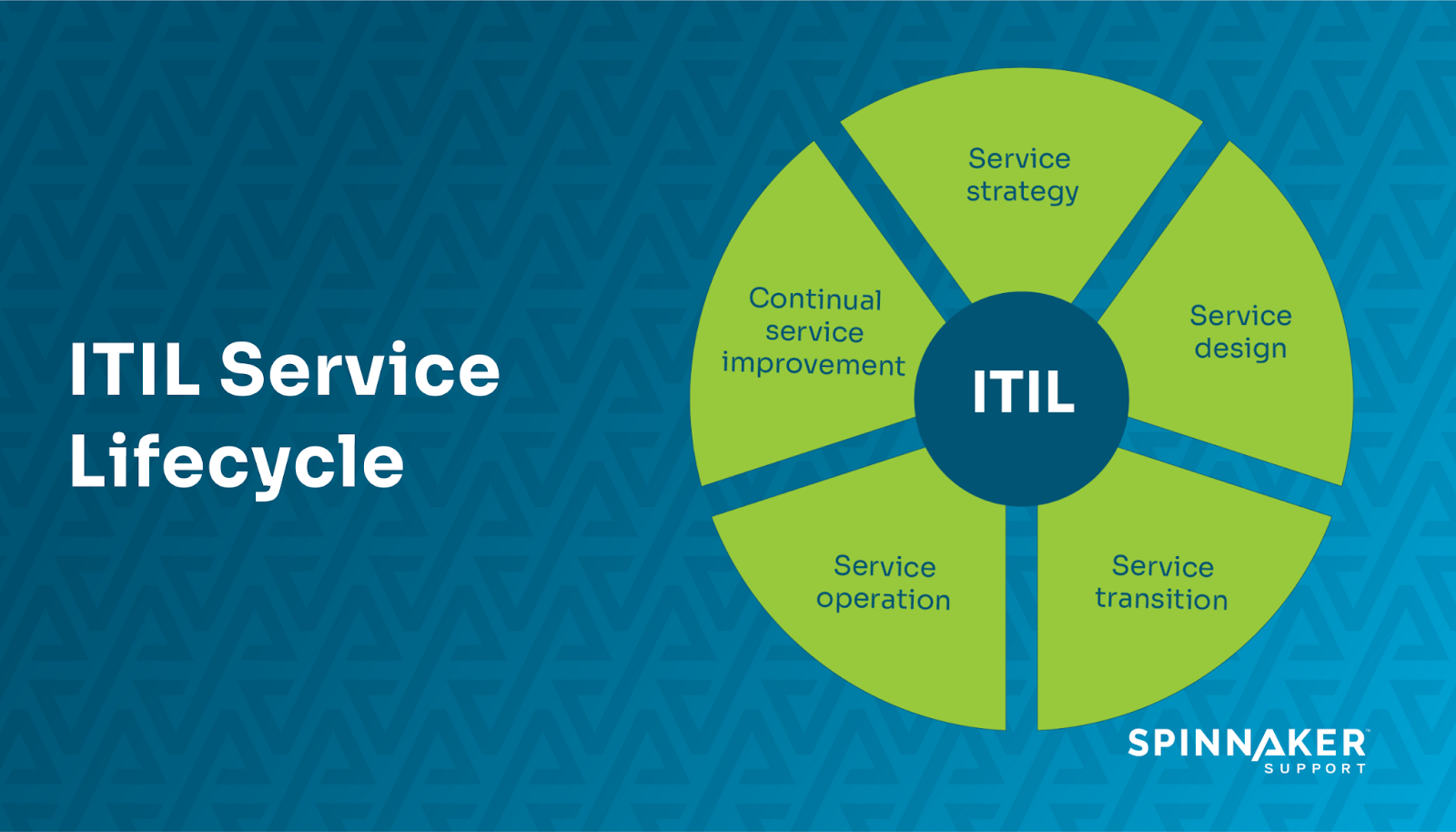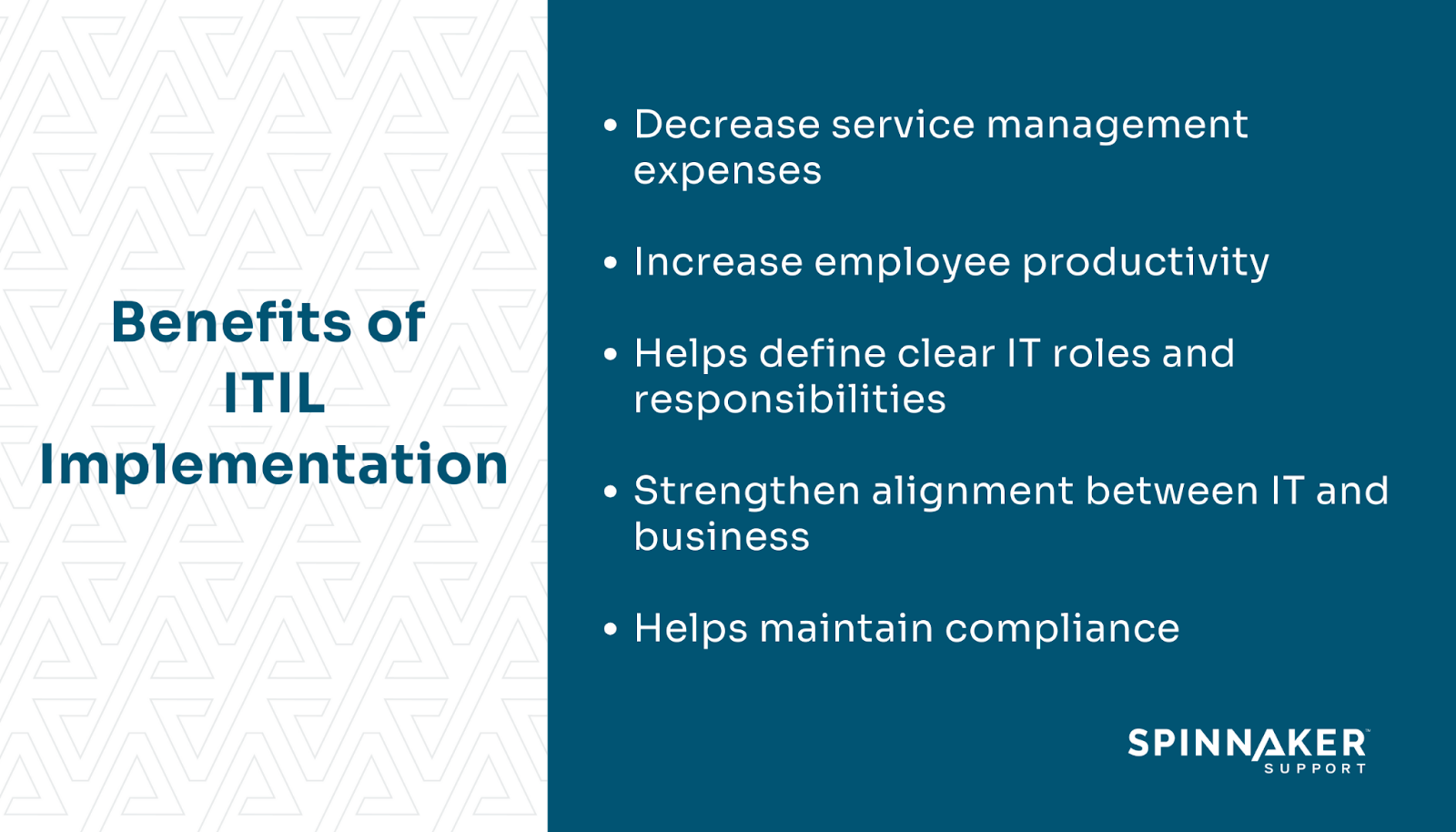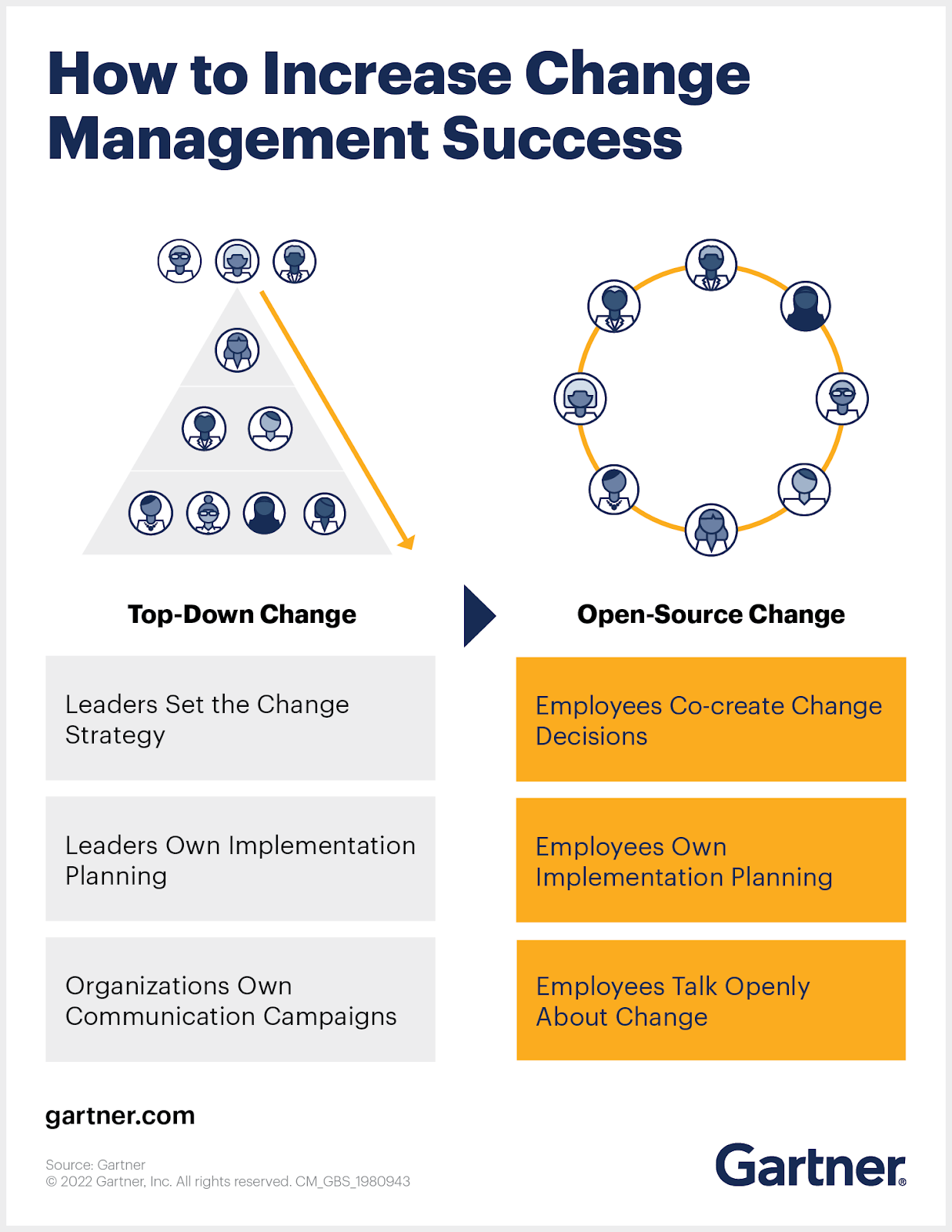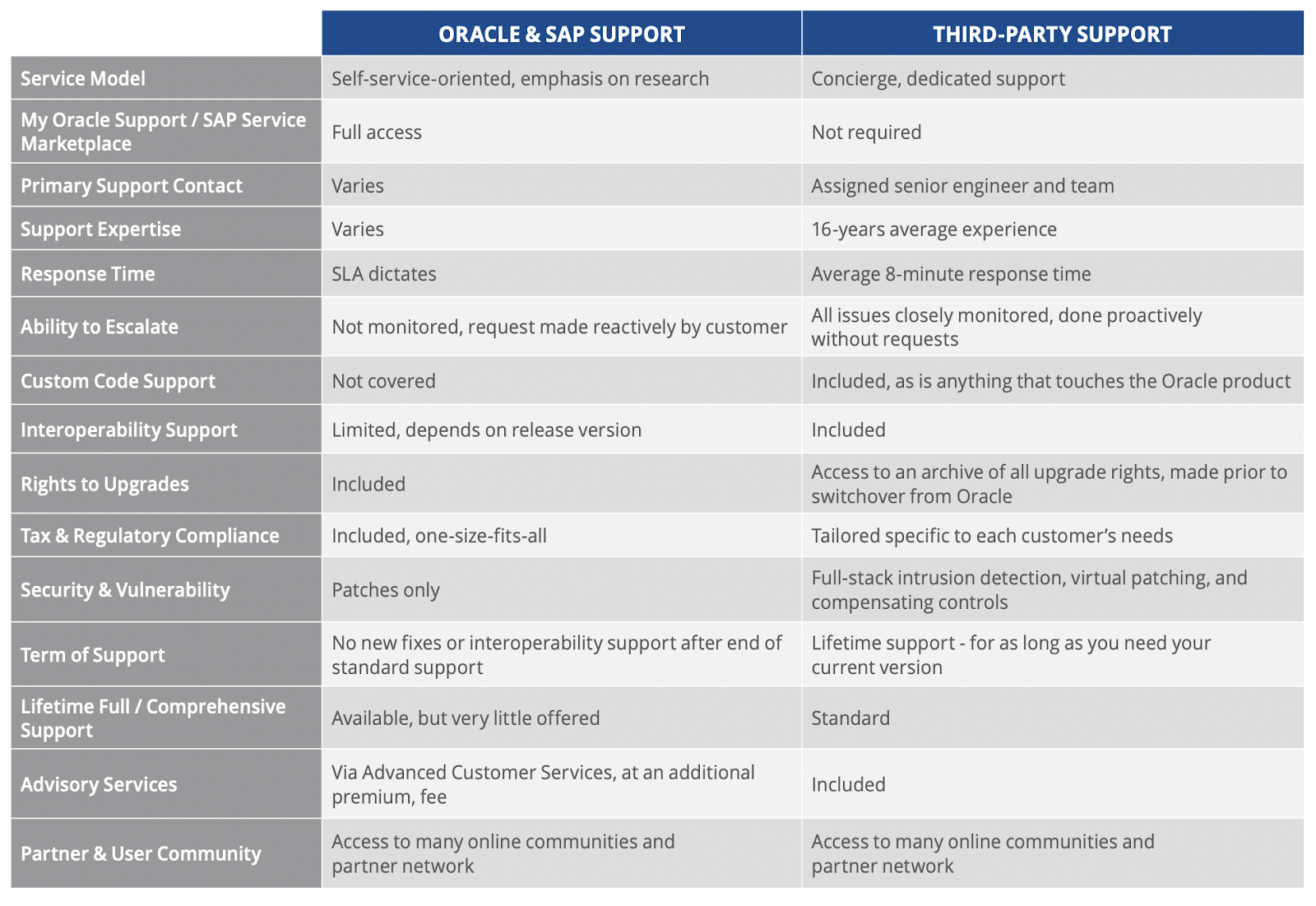
When enterprises grow, so do the challenges of managing their IT issues:
- Inefficient ticket management and IT workflows
- Information security risks and data breaches
- Limited IT resources and skills shortage
- Rising IT costs and budget constraints
- Compliance and regulatory requirements
IT service management (ITSM) addresses these issues by providing businesses with a structured framework to manage and deliver quality IT services.
To make the best use of the ITSM framework, the Information Technology Infrastructure Library (ITIL) establishes guidelines for efficient service delivery through standardized processes. It promotes a proactive and customer-oriented approach, ensuring that IT services meet the organization’s and its stakeholders’ needs. It also helps implement proactive measures for information security and data management.
In this article, we’ll look at ITIL in depth, discuss its benefits, and share its best practices. We’ll also look at how you can apply ITIL to improve processes across your company.
What is ITIL? Definition and five stages
ITIL is a structured, yet adaptable approach that helps businesses deliver quality IT services. More than a rulebook, it’s non-prescriptive, non-proprietary, and works as a set of guidelines to help you align IT services with business objectives, mitigate risks, and drive innovation.
There are five stages to the ITIL service lifecycle. These stages help organizations implement best practices and improve their IT service management processes.

Let’s take a look at each stage of the ITIL service lifecycle.
Service strategy
At this stage, organizations develop strategies to align IT services with business objectives. Assessing your organization’s current capabilities, offerings, and demands helps you define a coherent strategy for delivering IT services. Tasks include:
- Analyzing business needs
- Identifying opportunities
- Developing strategies to meet customer demands
Service design
Service design is where you design and develop IT services to meet the agreed-upon business requirements. It includes designing new services, as well as making improvements to existing ones.
Service transition
This stage aims to ensure that new or changed services are successfully implemented and can be effectively operated and supported.
Service operation
In this stage, you’ll deliver and manage IT services on a day-to-day basis. The focus of this stage is to maintain and enhance the quality of IT services while meeting the users’ needs.
Continual service improvement
Continual service improvement is the ongoing effort to identify opportunities to refine and enhance IT services. It involves analyzing performance metrics, gathering user feedback, and implementing the appropriate changes.
What is ITIL 4?
ITIL 4 is ITIL’s latest version. The UK’s Central Computer and Telecommunications Agency (CCTA) originally developed ITIL in the 1980s, and have since updated the framework to keep pace with new technological developments and meet changing business needs.
ITIL 4 introduces a more holistic and flexible approach, focusing on delivering customer value through different service management practices. For example, it incorporates principles from other frameworks such as Agile, DevOps, and Lean.

ITIL 4 aims to help organizations adapt and thrive in an ever-changing digital landscape. It encourages IT professionals to think about how IT can support business strategy.
It provides guiding principles to adapt to changes and promotes collaborative working styles. ITIL 4 is a systems-thinking approach that breaks down silos to create more co-creation.
The ITIL 4 framework consists of several components, like:
- Service Value System (SVS): SVS is a holistic approach that provides a framework to create, deliver, and continually improve services.
- Service Value Chain (SVC): SVC includes vital activities required to deliver and create value for customers.
- Four Dimensions of Service Management: These include organizations and people, value streams and processes, information and technology, and partners and suppliers.
Each dimension addresses a different aspect that contributes to the success of service management. These are:
- People: Includes individuals within the organization, customers, and end-users. Their skills, knowledge, and behavior impact the quality of services. Are they supported enough so that they are well-aligned with your business objectives?
- Processes: Ensures consistency, efficiency, and effectiveness in service delivery to achieve long and short-term goals.
- Products: Refers to the technology, tools, and systems used to support service management. This can include hardware, software, and other infrastructure components. Before adopting new products, knowing if they help deliver value to your customers is essential.
- Partners: Refers to external entities, like suppliers, vendors, and contractors, who bring additional expertise and resources to enhance service provision.
What are the benefits of implementing ITIL?
Implementing ITIL can bring numerous benefits to an organization.

Here are some key advantages of the ITIL framework.
Decrease service management expenses
One of the pillars of ITIL is process standardization. Standardized processes are easier to manage, audit, and improve — they eliminate redundant work and errors.
It also encourages the use of real-time metrics and monitoring tools. Knowing what’s happening in your environment allows you to allocate resources correctly. Wasted resources like unused software licenses and underutilized hardware can inflate costs.
Spinnaker Support, a specialized provider of ITIL-centric third-party services (3PS), amplifies these benefits.
For example, SAP and Oracle charge high IT support fees and also increase them every year.
But with Spinnaker Support, you can reduce the support costs by 60%. You can then use these savings to fund other important projects.
Increase employee productivity
Through ITIL, organizations can establish clear guidelines for incident management, problem resolution, organizational change management, and service delivery.
ITIL emphasizes continuous improvement, encouraging organizations to learn from past experiences and adapt to changing business needs. ITIL is vital in optimizing IT service management, resulting in improved employee productivity.
Helps define clear IT roles and responsibilities
By following ITIL guidelines, organizations can establish a clear structure for roles such as service owner, process owner, and service desk analyst. This clarity helps avoid role confusion, improves accountability, and promotes effective team collaboration.
ITIL also provides guidance on defining role-specific business processes and activities, ensuring that everyone understands their responsibilities and can work efficiently.
Strengthen alignment between IT and business
With ITIL, organizations can establish clear communication channels, define roles and responsibilities, and implement processes to streamline operations.
ITIL helps optimize resources, improve service quality, and enhance overall business performance by aligning IT services with business objectives.
Maintain compliance
ITIL fosters a framework that is conducive to regulatory compliance. It makes auditing, tracing, and aligning IT activities with broader organizational policies easier.
It offers guidelines on change management, data handling, and incident response, making it easier to comply with industry standards and government mandates.
At Spinnaker Support, we provide Global Tax and Regulatory Compliance (GTRC) services. Our experts monitor and gather regulatory and tax requirements and share them with you via regular communication. We customize them according to your location. We also help you comply with PCI, HIPAA, GDPR, and SOC2 attestations.
ITIL best practices
Businesses increasingly rely on ITIL to streamline and improve ITSM in a rapidly evolving technological landscape.
Here are our best practices recommendations to better your ITIL adoption.
Have a clear business vision
A well-defined vision guides decision-making and ensures that ITIL implementation efforts are focused on achieving tangible business outcomes.
Organizations can set strategic goals, establish priorities, and align IT initiatives with the overall business strategy. You can do two things here: Create a roadmap and a Service Improvement Plan (SIP).
Roadmap
A roadmap helps define the desired outcomes of ITIL implementation and sets clear budget, time, and personnel objectives for each phase of the implementation process. With a roadmap, organizations can identify dependencies between different ITIL processes and activities and define specific milestones for measuring progress.
If you need help with roadmap planning, you can reach out to our experts at Spinnaker Support to build and implement a roadmap.
SIP
An SIP is a formal document that outlines the steps and actions needed to improve a specific IT service. An example could be an SIP for reducing response times to support inquiries with the goal of improving customer satisfaction.
Measure your current processes
Before implementing ITIL, it is important to assess the current state of the organization’s service processes.
By rating and evaluating the current service processes, organizations can better understand their strengths and weaknesses. This approach ensures that ITIL implementation efforts address specific pain points and maximize the framework’s benefits.
You can measure key performance indicators (KPIs) like average resolution time, customer satisfaction score, and first contact resolution rate.
For example, you may notice that your IT department can’t handle IT operations effectively. You can hire a third-party support provider like Spinnaker Support and transfer the burden of maintaining your IT security posture to us so your IT teams can focus on more productive opportunities.
Don’t expect change overnight
ITIL implementation involves numerous interconnected processes and practices. It requires careful planning, stakeholder engagement, and effective change management. For example, as shown in the image below, you can increase change management’s success by adopting an open-source method where employees can collaborate on change decisions.
Rushing the implementation process without proper analysis and consideration may result in suboptimal outcomes. Therefore, taking the appropriate time and setting realistic expectations for the implementation journey is advisable — don’t expect quick returns.
Instead of tackling everything all at once, break down the implementation process into small sections. This approach makes the implementation more manageable and reduces the risk of overwhelming your employees.
Take the help of Spinnaker Support’s managed IT services to experience our change management support.
Monitor risks
Monitoring risk involves regularly analyzing various aspects, such as technological changes, regulatory requirements, and business needs.
By gathering and analyzing relevant data, organizations can identify potential vulnerabilities and threats. This information allows them to develop appropriate risk mitigation strategies and implement necessary controls to prevent or minimize the impact of any identified risks.
Spinnaker Support’s Seven-Point Security Solution ensures robust discovery, protection, and hardening of your systems.
Plus, instead of just relying on patch management, we tighten the security of your entire tech stack with common vulnerabilities and exposures (CVE) solutions.
Make ticket routing efficient
Efficient ticket routing helps optimize resource allocation, as tickets are directed to the team or individual with the necessary expertise to address the specific issue. This helps prevent delays and reduces the risk of mishandling or overlooked tickets.
At Spinnaker Support, we have experienced Level 2 and 3 engineers on hand to help resolve your issues. We respond to your queries within 15 minutes or less. If you need to escalate an issue, you can talk to a Level 4 engineer. That’s the significant difference between publisher support and third-party support.
The image below shows the key differences between support from vendors like Oracle and SAP and a third-party support provider like Spinnaker Support:
For example, CSM Bakery Solutions experienced delays and faceless support with ticket resolution when they were with SAP in-house support. After partnering with us, they were able to significantly reduce their IT maintenance spend and get better support quality.
Where can you apply ITIL best practices?
The beauty of ITIL’s best practices is that they’re versatile — you can apply them all throughout your IT landscape. Here are a few of the key areas:
Incident management
With ITIL, you can create clear guidelines for reporting, categorizing, prioritizing, and resolving incidents. ITIL brings flexibility with it, which in turn can reduce your recovery times.
Organizations can reduce recovery times in half from a cyber attack by investing at least 20% of their security funds in flexible design programs.

You can also use ITIL-compliant tools to track and manage incidents, allowing for efficient communication and resolution.
Problem management
ITIL encourages organizations to perform a thorough root cause analysis to identify underlying issues causing problems. At Spinnaker Spinnaker, we provide ITIL-centric database management, where we perform diagnostics and root cause analysis.
Change management
ITIL can help you identify and assess the changes that need to be made, evaluating their potential impact on business services and systems. It can support you to develop a change management policy and ensure your change management initiatives are successful.
Service level agreement (SLA) management
With the ITIL framework, you can set measurable targets for service availability, response times, and resolution times. Use ITIL’s continuous improvement process to identify and implement changes to improve service delivery and SLA management. At Spinnaker Support, we offer custom code support to enhance your service delivery process.
Other IT management tasks
You can also apply ITIL principles to a wide variety of other IT tasks, such as service desk operations, configuration management, release and deployment management, IT asset management, capacity management, and service catalog management. Utilize Spinnaker Support’s 3PS services to supplement your organization’s internal capabilities and resources.
By leveraging third-party support, organizations can benefit from specialized expertise, access to advanced technologies, and improved service availability. It allows them to focus on their core business objectives while ensuring that their IT services are delivered efficiently and effectively.
Conclusion
ITIL best practices can help organizations improve their IT service management processes and deliver better customer services.
To help implement ITIL best practices, you can enlist the services of a third-party support provider like Spinnaker Support.
If you’d like to speak to us, contact us and one of our experts will be in touch.





